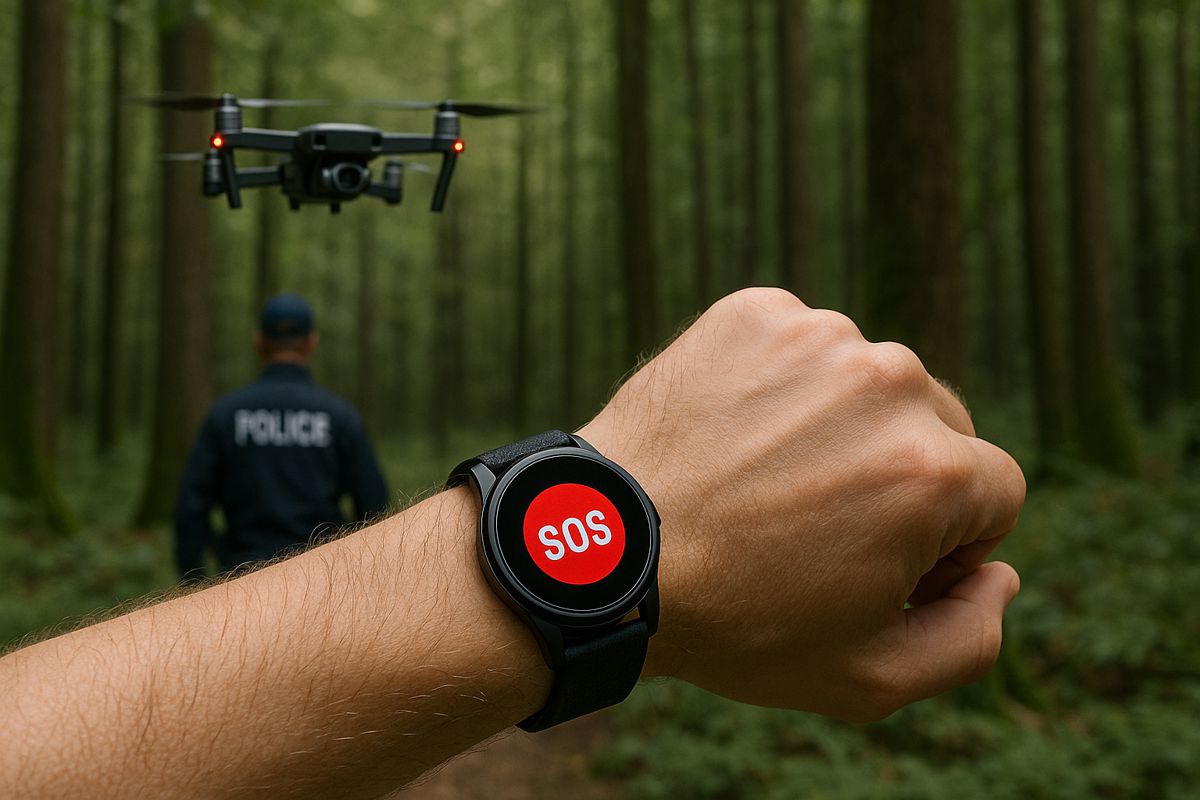The best active road stud in the world just got even better
With the traditional cat’s eye road stud set for a rebrand after councils reported complaints over ‘cats eyes removed’ warning signs, it’s important we understand the difference between passive and active road studs.
Passive road studs are those more commonly known as cat’s eyes. They use a reflective surface made up of many small prisms to bounce the light from a cars headlights back to the driver. This reflected light highlights the path of the road ahead.
Active road studs feature the same reflective surface, but also use solar-powered LEDs to actively light up the road after dark so drivers can see further on the road ahead. The studs harness solar power to charge an internal battery. This battery powers the LEDs when the light input falls below a given threshold. So, the studs charge during the day and shine brightly at night.
Performance differences between active and passive road studs
The fact that active road studs emit light rather than simply reflecting it means there are significant differences in performance between the two stud types. As passive road studs rely on the cars headlights, this allows drivers to see up to 90m ahead in the dark, while active road studs, with their LEDs allow drivers to see 900m ahead. Increasing the visibility tenfold gives drivers ten times longer to respond to changes in the road ahead. This reduces the likelihood of collisions and smooths erratic driving and can make a big difference to road safety.
Proportionally more road traffic accidents happen at night, in part because drivers can’t see as far in the dark, so it follows that allowing drivers to see further in the dark will improve road safety. Across multiple installations our active road studs have been proven to reduce night-time road accidents by over 70%.*
As well as allowing a driver to see further, active road studs work in all weather conditions. In contrast, a passive road stud can’t reflect light if it is underwater and is less effective in the fog. This reduces their effectiveness during much of the winter weather in the UK.
The development of passive and active road stud
The first passive road stud, the Cat’s Eye, was patented in 1934 by Percy Shaw. He developed the stud after seeing his headlights reflected in the eyes of a cat when driving home one night. Clearview’s SolarLite active road studs are a similarly British innovation. Martin Dicks developed the active road stud after driving at night through fog on the A1. The first active road studs were installed in 1996 and have since benefited from continued research and development. This ongoing innovation means our SolarLite studs are the market leading active road stud.
We’ve continue to invest in the development of this product and, with the aid of external grant funding, have developed the SolarLite 2. This features a vast number of innovations which deliver a superior user experience for longer, making roads safer for all.
New ultra-bright white LEDs deliver 150% greater brightness than before, the advanced circuit design enables more efficient power management and the latest retro-reflective surface means the studs perform brilliantly even without the LED on. The new solar panel provides superior reliability and boosts energy harvesting; this energy is stored in a next-generation battery to power the LEDs all through the night.




















